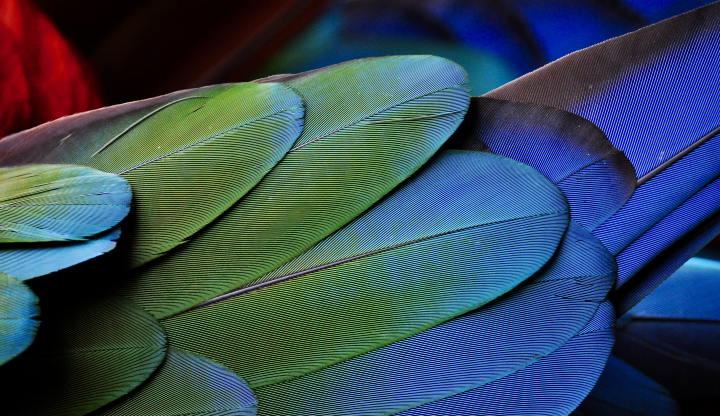The uropygial gland found in most birds protects them from water penetration, fungi, and bacteria by producing preen waxes.
Introduction
Birds are remarkable for their ability to thrive in diverse environments, often encountering water in their daily activities. One critical that helps birds stay dry and buoyant is the process of preening. Preening involves birds using their beaks to maintain their feathers’ structure and cleanliness, ensuring optimal performance. While oils from a near the base of their tail do play a role, the primary waterproofing mechanism is the intricate interlocking of feather barbs and barbules and the overlapping layers of feathers. This behavior highlights the sophisticated relationship between feather maintenance and survival in the avian world.
The Strategy
Preening is a behavior observed in almost all bird species, where they use their beaks to comb through their feathers, removing dirt, parasites, and aligning each feather to maintain optimal aerodynamic shape. A crucial aspect of this process is the realignment of the barbs and barbules—the tiny hooks on the feather branches that interlock to form a cohesive and smooth surface. This interlocking mechanism is the primary factor that keeps feathers waterproof, as it creates a tight, overlapping barrier that prevents water from penetrating the feather layers.
The oil produced by the uropygial gland, located near the base of the tail, serves to condition the feathers, keeping them clean, supple, and flexible. This flexibility is essential for the proper interlocking of the barbs and barbules. The oil also has antimicrobial properties, protecting feathers from bacteria and fungi that could degrade them. However, the oil itself is not the key waterproofing agent; rather, it ensures the feathers remain in optimal condition to maintain their waterproof structure.
Interestingly, not all birds use preening oils. Some groups, such as pigeons, herons, and parrots, produce a fine powder from specialized feathers called powder down. This powder serves a similar purpose to preening oil, conditioning the feathers and keeping them clean and supple. Powder down birds continuously grow and disintegrate these specialized feathers into a fine, talcum-like powder that they distribute over their plumage during preening. This powder helps maintain the interlocking structure of the feathers and their overall condition.
The structural integrity of feathers is paramount for waterproofing. The barbs and barbules must remain interlocked and the feathers properly overlapped to form a seamless barrier against water. Preening, whether using oils or powder down, ensures this structural integrity by keeping the feathers in good condition, allowing them to perform their waterproofing function effectively.
The Potential
The strategy of preening to waterproof feathers offers several insights that could inspire human innovation. For instance, developing waterproof materials based on the interlocking mechanisms of feather barbs and barbules could lead to more effective and environmentally friendly water-repellent treatments for clothing, outdoor gear, and even building materials. These biomimetic solutions could provide superior performance while reducing the reliance on synthetic chemicals that may have harmful environmental impacts.
The water-resistant properties of bird feathers can inspire innovative designs in human technology, particularly in textiles and outdoor gear. Materials engineered to mimic the structure and lipid-coating mechanism of feathers could lead to the development of clothing that remains breathable yet waterproof, ideal for varying climatic conditions.
In addition, understanding the self-cleaning and antimicrobial aspects of preening could inform the design of materials and surfaces that stay clean and hygienic with minimal maintenance. Applications in healthcare, food processing, and other industries where cleanliness is paramount could benefit from such innovations, reducing the spread of pathogens and enhancing safety.
Finally, the meticulous process of feather maintenance through preening underscores the importance of regular care and maintenance for optimal performance and longevity. This principle can be applied to various fields, from the upkeep of machinery and equipment to personal health and wellness routines.
AI on AskNature
This page was produced in part with the assistance of AI, which is allowing us to greatly expand the volume of content available on AskNature. All of the content has been reviewed for accuracy and appropriateness by human editors. To provide feedback or to get involved with the project, contact us.









